General Biology 1 (for recit)
0.0(0)
0.0(0)
Card Sorting
1/127
Study Analytics
Name | Mastery | Learn | Test | Matching | Spaced |
|---|
No study sessions yet.
128 Terms
1
New cards
ROBERT HOOKE
In 1665, he paved the way to the discovery of the cells.
2
New cards
After seeing under the crude microscope he compared to “cellulae”
3
New cards
Cellulae
Latin “little rooms” and so he named it “cells”.
4
New cards
ANTON VAN LEEUWENHOEK
a Dutch scientists who had the first sight of humankind into the nature of cells happened in the late 1600’s.
5
New cards
ANTON VAN LEEUWENHOEK
He uses a more refined microscope than that of Hooke.
6
New cards
Cell Theory
- The cell is the basic unit of life.
- All living organisms are composed of cells.
- New cells are created from pre existing cells.
- All living organisms are composed of cells.
- New cells are created from pre existing cells.
7
New cards
The cell is the basic unit of life.
First Postulate
8
New cards
All living organisms are composed of cells.
Second Postulate
9
New cards
New cells are created from pre existing cells
Third Postulate
10
New cards
First Postulate: The cell is the basic unit of life.
- In order that an organism may be considered living, it must have a cell.
11
New cards
Second Postulate: All living organisms are composed of cells.
The declaration of this is from the collaboration between a botanist and physiologist.
German botanist Matthias Jacob Schleiden for plants and Physiologist Theodore Schwann for animals.
German botanist Matthias Jacob Schleiden for plants and Physiologist Theodore Schwann for animals.
12
New cards
Third Postulate: New cells are created from pre existing cells
RUDOLF VIRCHOW, German scientist introduced the 3rd tenet of the cell theory: Omnis cellula e cellula which means “Cells come from preexisting cells.” by union of male and female cells of divisions of single cells.
13
New cards
"Omnis cellula e cellula"
means “cells come from preexisting cells"
14
New cards
ZACHARIAS JANSSEN
In 1590, invented a primitive microscope with his father Hans that later used by Malpighi and Hooke.
15
New cards
ROBERT HOOKE
1663 to 1665, give the name cell after viewing it from a cork.
16
New cards
MARCELLO MALPIGHI (scientist) and NEHEMIAH GREW (botanist)
1665 to 1676, conducted separate investigation on plant cells where they found organelles within the cells of a plant.
17
New cards
ANTON VAN LEEUWENHOEK
1670 to 1683, upgraded Janssen’s microscope and he discovered mobile organelles which he called “animalcules.”
18
New cards
ROBERT BROWN
1831, discovered the nucleus and became a major breakthrough in the history of biology.
19
New cards
MATTHIAS SCHLEIDEN
1838, he said that the different structures of a plant are all composed of cells.
20
New cards
THEODORE SCHWANN
1839, declared that animals are likewise composed of cells.
21
New cards
ALBRECHT VON KOLLIKER
1840, stated that sperm and egg are composed of cells and that all humans are configured from cells.
22
New cards
LOUIS PASTEUR
1849, discovered fermentation and invented pasteurization.
23
New cards
RUDOLF VIRCHOW
1858, declared that cells come from preexisting cells and with this the cell theory was completed.
24
New cards
1. All known living things are made up of one or more cells.
2. All living cells arise from preexisting cells by division.
3. The cell is the fundamental unit of structure and function in all living organisms.
4. The activity of an organism depends on the total activity of independent cells.
5. Energy flow (metabolism and biochemistry) occurs within cells.
6. Cells contain DNA which is found specifically in the chromosome and the RNA found in the cell nucleus and
cytoplasm.
7. All cells are basically the same in chemical composition in organisms of similar species.
8. Heredity information (DNA) is passed on from cell to cell.
9. All cells have the same basic chemical composition.
10. All living organisms are composed of and depend on cells to function normally.
2. All living cells arise from preexisting cells by division.
3. The cell is the fundamental unit of structure and function in all living organisms.
4. The activity of an organism depends on the total activity of independent cells.
5. Energy flow (metabolism and biochemistry) occurs within cells.
6. Cells contain DNA which is found specifically in the chromosome and the RNA found in the cell nucleus and
cytoplasm.
7. All cells are basically the same in chemical composition in organisms of similar species.
8. Heredity information (DNA) is passed on from cell to cell.
9. All cells have the same basic chemical composition.
10. All living organisms are composed of and depend on cells to function normally.
Some accepted parts of the modern version of cell theory:
25
New cards
- Cell Membrane
- Cytoplasm
- Nucleus
- Cytoplasm
- Nucleus
Major Parts of the Cell
26
New cards
CELL MEMBRANE
- outermost part, has the role of protecting the cell and its content.
27
New cards
CYTOPLASM
- the middle layer where most of the activities of the cell take place.
28
New cards
Cytosol
organelles are suspended in a gel-like solution called _________
29
New cards
NUCLEUS
- discovered by Robert Brown in 1883, it is the vital part of the cell.
30
New cards
NUCLEUS
- dubbed as the “control center”, directs all of the cell’s activities and determines how a cell should appear and function.
31
New cards
Chromosomes
holds the DNA
32
New cards
Deoxyribonucleic acid
DNA means?
33
New cards
Ribonucleic acid
RNA means?
34
New cards
Endomembrane system
- consists of network of structures involved in many functions, such as ensuring the adaptation, wrapping and transfer of proteins across the cell.
35
New cards
Endomembrane system
- protein movement is a vital function of this system in carrying out the processes within a cell.
36
New cards
Endoplasmic reticulum
- transport molecules across the cytoplasm and is also capable of assembling new lipids for export to other cell membranes.
37
New cards
ROUGH ER / GRANULAR ER
it synthesize and modify proteins, significant parts in the information of plasma membrane proteins and proteins outside the cell.
38
New cards
SMOOTH ER / AGRANULAR ER
Incorporates proteins into the cisternae and transports synthesized proteins across the cytoplasm.
39
New cards
RIBOSOMES
provide a frame for protein synthesis, they are sites of protein production.
40
New cards
VACUOLES
It allows water passage freely but retains smaller molecules within it, and stores chemicals within the cell.
41
New cards
smaller = animal cell
occupies majority of the cell volume = plant cell
occupies majority of the cell volume = plant cell
In animal cell vacuoles is ________ while in plant cell it usually ____________
42
New cards
LYSOSOMES
“cell reprocessing area”, where it hacks the chemical bonds of any foreign substance to recycle the raw materials.
43
New cards
LYSOSOMES
“suicide bags” because they do self-destruction in order to save the rest of the
other organelles from being poisoned.
other organelles from being poisoned.
44
New cards
PERIXOSOMES
Somehow resembles a lysosome.
45
New cards
PERIXOSOMES
Shields the cell from being damage.
46
New cards
GOLGI APPARATUS
Stacks of flat framework which held several sacs of secretory granules.
47
New cards
GOLGI APPARATUS
Manufacturer and the shipping center of the cell.
48
New cards
CENTROSOMES
Assist in arranging microtubules to be utilized during the cell division.
49
New cards
CENTROSOMES
Assemble spindle fibers at cell division and contribute to the successful outcome of mitosis.
50
New cards
MITOCHONDRIA
Known as the “animal cell’s powerhouse” – role to produce role energy through cellular respiration.
51
New cards
MITOCHONDRIA
It is also responsible for the production of adenosine triphosphate(ATP) – the cells energy currency.
52
New cards
Adenosine Triphosphate
ATP means?
53
New cards
CHLOROPLAST
Found only in plants and photosynthetic protists.
54
New cards
CHLOROPLAST
In plant cell it is comparable to mitochondrion in animal cells, serve as the site of energy conversion in plant cells.
55
New cards
CHLOROPLAST
The best known for housing chlorophyll
56
New cards
Chlorophyll
the pigment that causes the green color of plants.
57
New cards
Cell Modifications
Are modifications that make a cell different from another type of cell
58
New cards
Nerve cells
have dendrites that receives electric signals from neuron and axons that transmit an electrical signal to another neuron.
59
New cards
Muscle cells
have actin and myosin that allows the muscle to contract.
60
New cards
Red Blood Cells (RBC)
contains a large amount of hemoglobin to transport oxygen throughout the body.
61
New cards
Sperm cells
have flagellum helps them to swim through the vagina.
62
New cards
Plant cells
have chloroplast which allows cell to undergo photosynthesis.
63
New cards
Plant cells
also have cell wall that gives them shape.
64
New cards
Cell to tissue to to organ to organ system to organism
cell development
65
New cards
Zacharias Janssen
1590
66
New cards
Robert Hooke
1663 - 1665
67
New cards
Marcello Malpighi and Nehemiah Grew
1665 - 1676
68
New cards
Anton Van Leeuwenhoek
1670 - 1683
69
New cards
Robert Brown
1833
70
New cards
Matthias Schleiden
1838
71
New cards
Theodore Schwann
1839
72
New cards
Albrecht Von Kolliker
1840
73
New cards
Louis Pasteur
1849
74
New cards
Rudolf Virchow
1858
75
New cards
23 pairs, 46 chromosomes in total
How many chromosomes are there in a human body?
76
New cards
24 pairs, 48 chromosomes in total
How many chromosomes are there in a chimpanzee?
77
New cards
1. Chloroplast
2. Cytoplasm
3. Cell Wall
4. Vacuole
5. Nucleus
6. Chromosome
7. Centrosome
8. Lysosome
9. Ribosome
10. Mitochondrion
11. Cell Membrane
12. Golgi Complex
13. Endoplasmic Reticulum
2. Cytoplasm
3. Cell Wall
4. Vacuole
5. Nucleus
6. Chromosome
7. Centrosome
8. Lysosome
9. Ribosome
10. Mitochondrion
11. Cell Membrane
12. Golgi Complex
13. Endoplasmic Reticulum
Plant Cell Components
78
New cards
1. Nucleus
2. Nucleolus
3. Nuclear Membrane
4. Chromosome
5. Lysosome
6. Ribosomes
7. Cytoplasm
8. Cell Membrane
9. Golgi Vesicle
10. Golgi Apparatus
11. Smooth ER
12. Rough ER
13. Vacuole
14. Centrioles
15. Mitochondrion
2. Nucleolus
3. Nuclear Membrane
4. Chromosome
5. Lysosome
6. Ribosomes
7. Cytoplasm
8. Cell Membrane
9. Golgi Vesicle
10. Golgi Apparatus
11. Smooth ER
12. Rough ER
13. Vacuole
14. Centrioles
15. Mitochondrion
Animal Cell Components
79
New cards
1. Plasma Membrane
2. Lipid Bilayer
3. Hydrolytic Enzyme Mixture
4. Glycosylated Membrane Transport Proteins
2. Lipid Bilayer
3. Hydrolytic Enzyme Mixture
4. Glycosylated Membrane Transport Proteins
Anatomy of Lysosomes
80
New cards
1. Plasma Membrane
2. Lipid Bilayer
3. Urate Oxidase
2. Lipid Bilayer
3. Urate Oxidase
Anatomy of Perixosome
81
New cards
1. Inner Membrane
2. Outer Membrane
3. Cristae
4. Matrix
2. Outer Membrane
3. Cristae
4. Matrix
Mitochondria Structural Features
82
New cards
Smooth ER
produce lipids, cholesterol and hormones; for detoxification
83
New cards
Tubuline
protein
84
New cards
Microtubules
largest fiber in cell
85
New cards
Robert Hooke
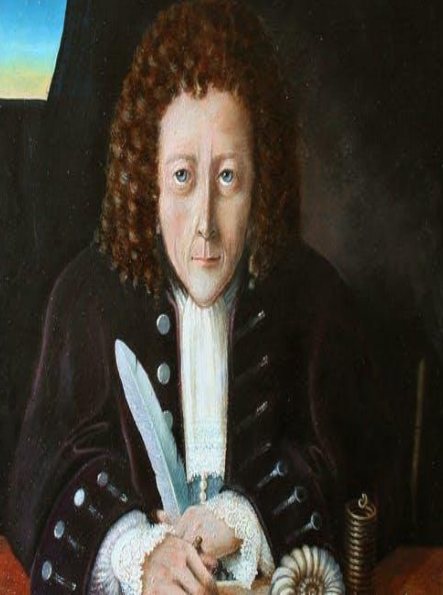
86
New cards
Anton Van Leeuwenhoek
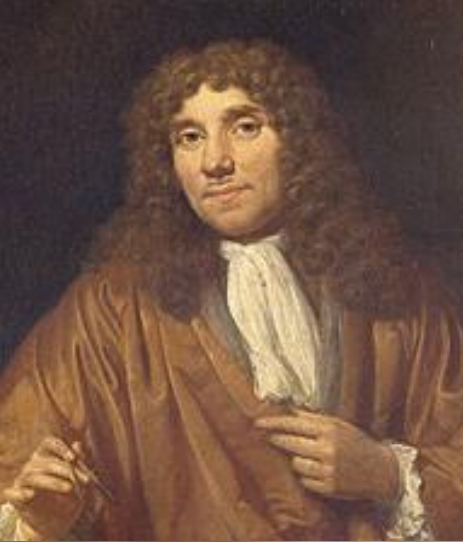
87
New cards
Rudolf Virchow
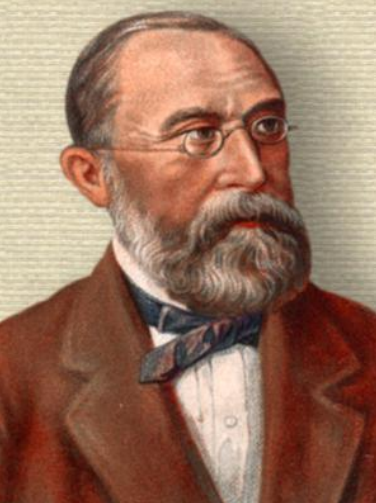
88
New cards
Zacharias Janssen
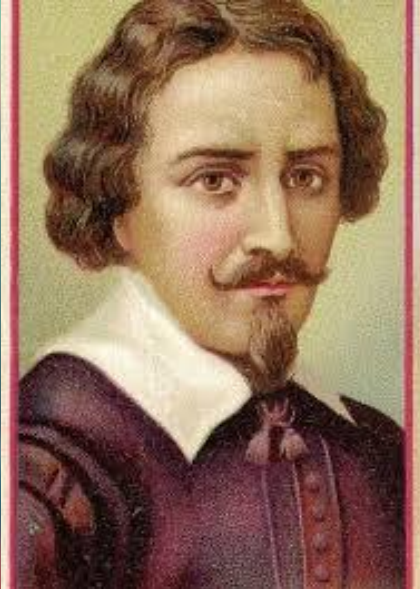
89
New cards
Marcello Malpighi
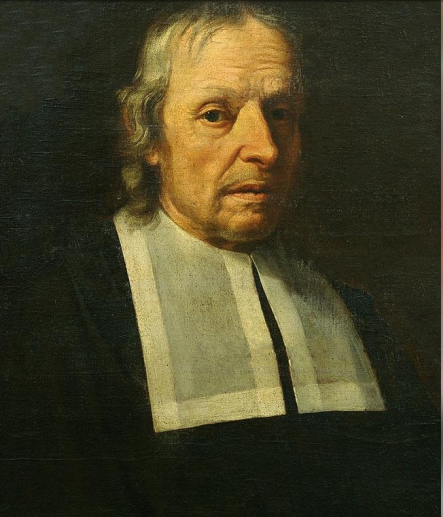
90
New cards
Nehemiah Grew
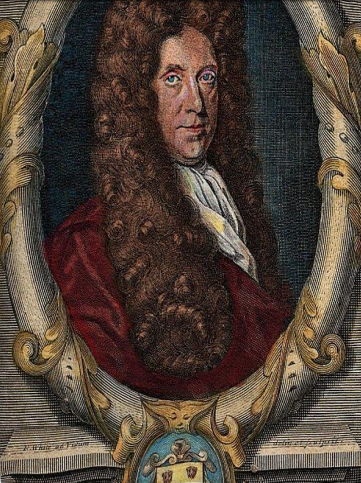
91
New cards
Robert Brown
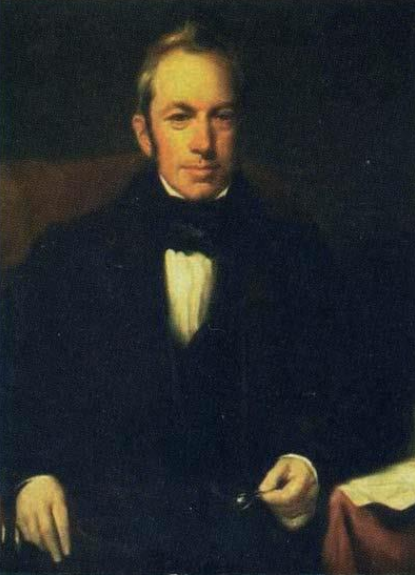
92
New cards
Matthias Jacob Schleiden

93
New cards
Theodore Schwann
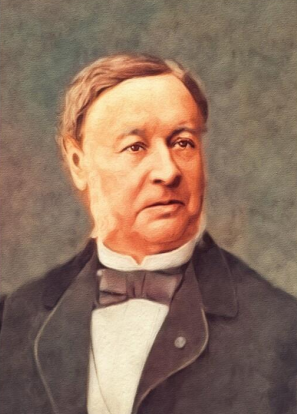
94
New cards
Albrecht Von Kolliker
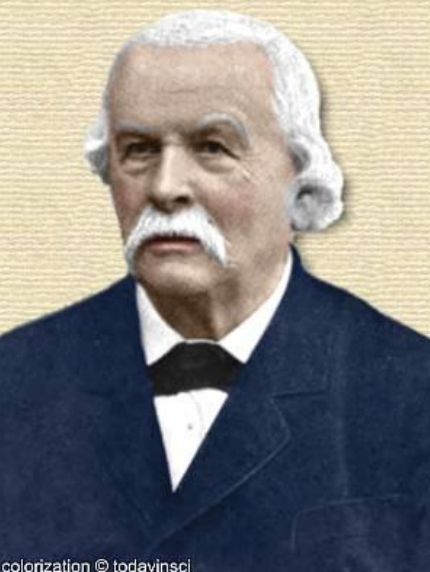
95
New cards
Louis Pasteur
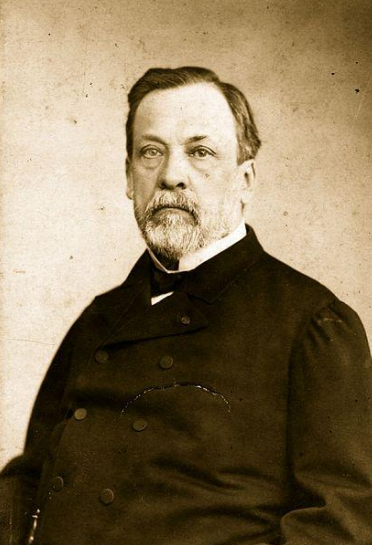
96
New cards
Dendrites
it receives electric signals from neuron and axons that transmit an electrical signal to another neuron.
97
New cards
Dendrites
Nerve cells have dendrites that receives electric signals from neuron and axons that transmit an electrical signal to another neuron.
98
New cards
Actin and Myosin
Muscle cells have ______________ that allows the muscle to contract.
99
New cards
Hemoglobin
RBC contains a large amount of ________ to transport oxygen throughout the body.
100
New cards
Cell Wall
Plant cells have _________ that gives them shape.